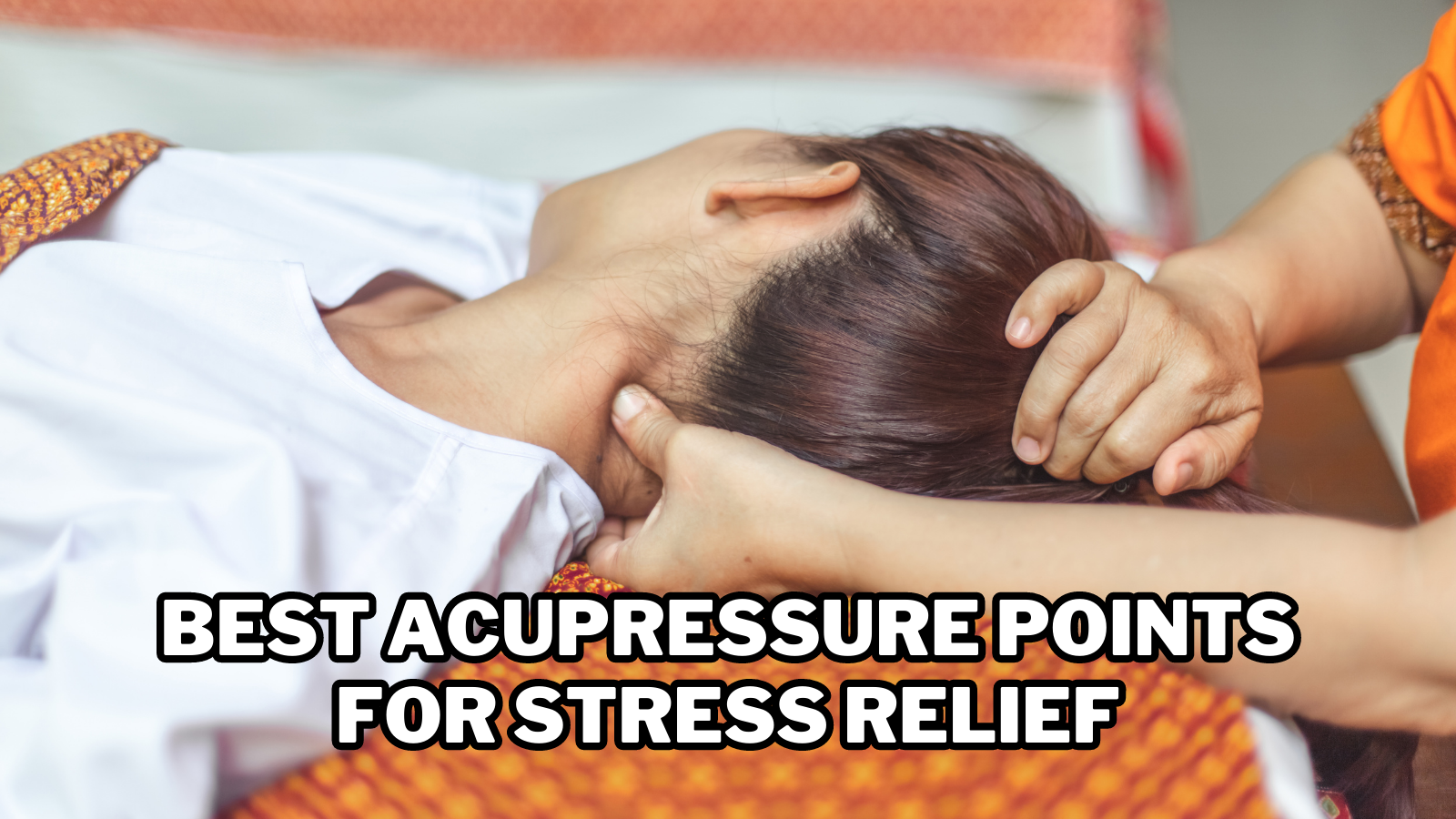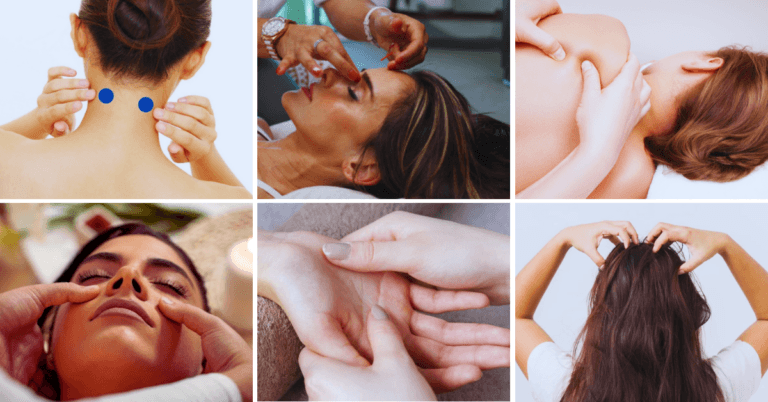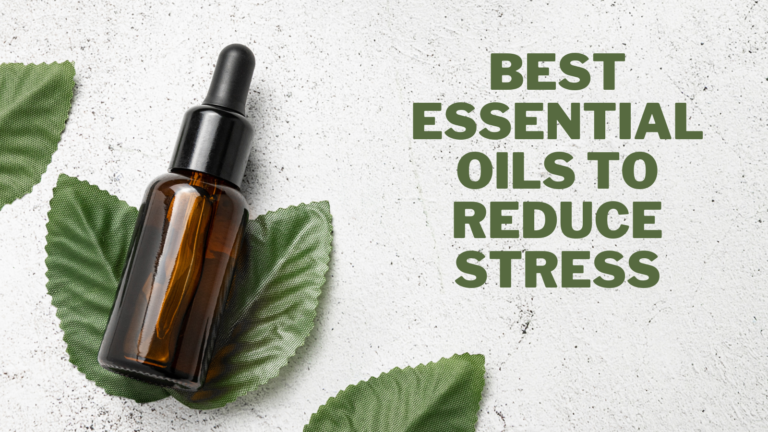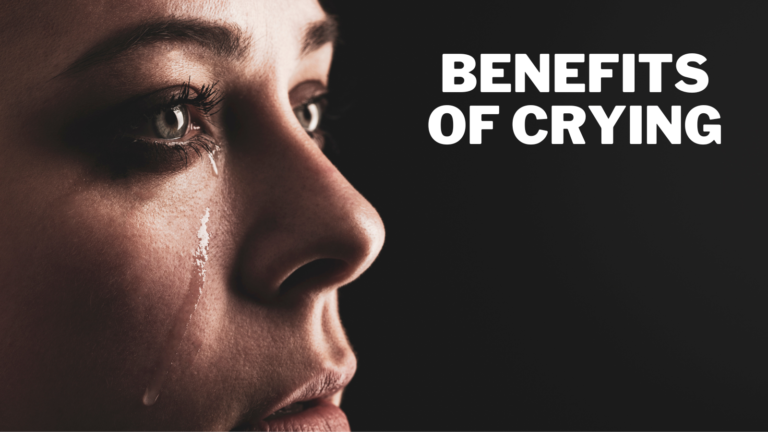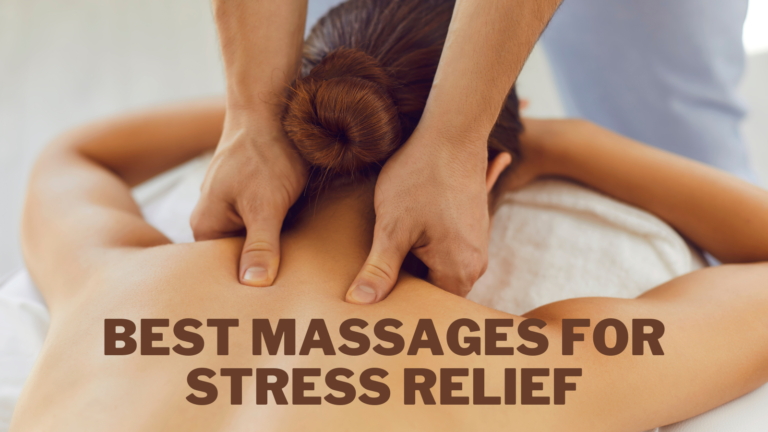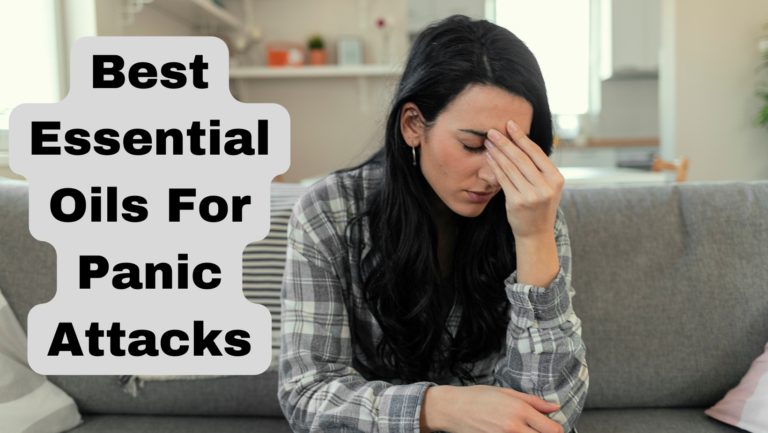Best Acupressure Points For Stress Relief
Best Acupressure Points For Stress Relief
Stress has become a common phenomenon in our daily lives. Various factors, such as work pressure, personal relationships, financial difficulties, and health issues, can cause it.
While there are several ways to manage stress, acupressure has proven to be an effective technique for stress relief.
This blog post will discuss the top acupressure points for reducing stress. Applying pressure to these points can promote relaxation, reduce anxiety, and improve overall well-being.
So, if you're looking for a natural way to manage stress, keep reading to learn about the best acupressure points for stress relief.

What Is Acupressure?
Acupressure is a complementary therapy that involves the application of pressure to specific points on the body to promote healing and relaxation.
It is based on the same principles as acupuncture, a traditional Chinese medicine practice that involves inserting needles into specific points on the body to stimulate energy flow.
In acupressure, pressure is applied to the same points as in acupuncture but with the fingers, hands, elbows, or special tools instead of needles. Depending on the desired effect, the pressure is used for several seconds to several minutes.
The theory behind acupressure is that there are energy channels in the body called meridians, and when these channels become blocked, it can lead to various physical and emotional symptoms.
By applying pressure to specific points on the body, acupressure helps to release the blockages and restore the energy flow, promoting healing and balance.
Acupressure is used to treat a wide range of conditions, including headaches, menstrual cramps, back pain, anxiety, and insomnia. It also promotes relaxation and reduces stress, positively impacting overall health and well-being.
Acupressure can be performed by a trained therapist or self-administered using various techniques, such as finger, palm, or massage.
Acupressure Points For Stress Relief
Acupressure is a traditional treatment method that includes applying pressure to particular body spots, also called acupressure points.
These points correspond with different body organs, systems, and functions. Acupressure also helps to relieve stress, promote relaxation, and improve overall health and well-being.

1. The Third Eye Point
According to Hindu tradition, the Third Eye, also known as the Ajna chakra, is believed to be the sixth primary chakra in the body.
It is located in the center of the forehead, just above the eyebrow level. The Third Eye is associated with intuition, wisdom, and spiritual insight.
In yoga and meditation, the Third Eye often focuses on developing and expanding one's inner awareness during practice.
When this chakra is blocked or imbalanced, it can lead to confusion, indecision, and a lack of clarity in one's thoughts and emotions.
Applying firm pressure to the Third Eye point stimulates and activates this chakra, which can help relieve stress, anxiety, and tension in the body and mind.
This pressure can be applied with the index finger or thumb for 1-2 minutes while taking slow, deep breaths.
Visualizing a calming and peaceful light radiating from the Third Eye while applying pressure to enhance its benefits is also often recommended.

2. The Heavenly Gate Point
The Heavenly Gate Point, also known as LI4 or Large Intestine 4, is an acupressure point in Traditional Chinese Medicine believed to have a wide range of health benefits.
It is located on the hand, specifically in the webbing between the thumb and index finger, where the bones of the two fingers meet.
Traditional Chinese medicine uses acupressure, which includes applying pressure to specific body locations to encourage the flow of Qi (pronounced “chee”), the life force that travels through the body's meridians.
The Heavenly Gate Point is one of the most commonly used acupressure points connected to the head, face, and neck.
Stimulating the Heavenly Gate Point is said to help clear energy blockages and improve the flow of Qi, which can help relieve stress and tension in the neck and shoulders.
In addition to these benefits, the Heavenly Gate Point helps boost immunity, improve digestion, and reduce anxiety.
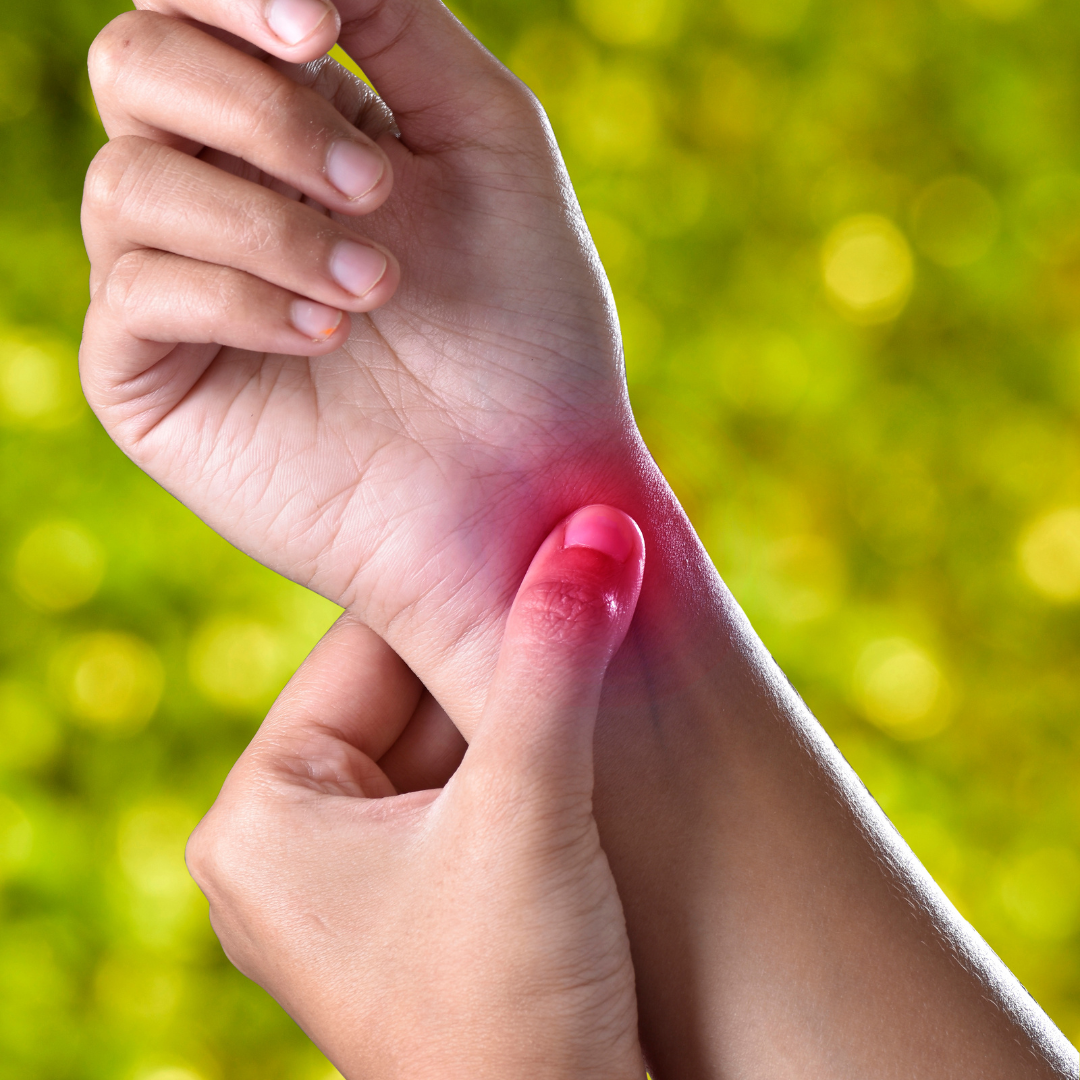
3. The Inner Gate Point
The inner gate point, or Pericardium 6 (P6), is a pressure point on the inside of the wrist. It is commonly used in acupuncture and acupressure to relieve stress, anxiety, nausea, and other symptoms.
In Traditional Chinese Medicine (TCM), the Inner Gate Points are connected to the pericardium meridian, which is associated with the heart and emotions.
Stimulating this point is said to help balance the flow of qi (energy) in the body and calm the mind.
Applying pressure to the Inner Gate Point can be done with your opposite thumb, as mentioned earlier, or with the fingers.
You can use gentle, circular motions or apply firm pressure for 1-2 minutes. An acupressure wristband that applies pressure to this point can also be helpful.
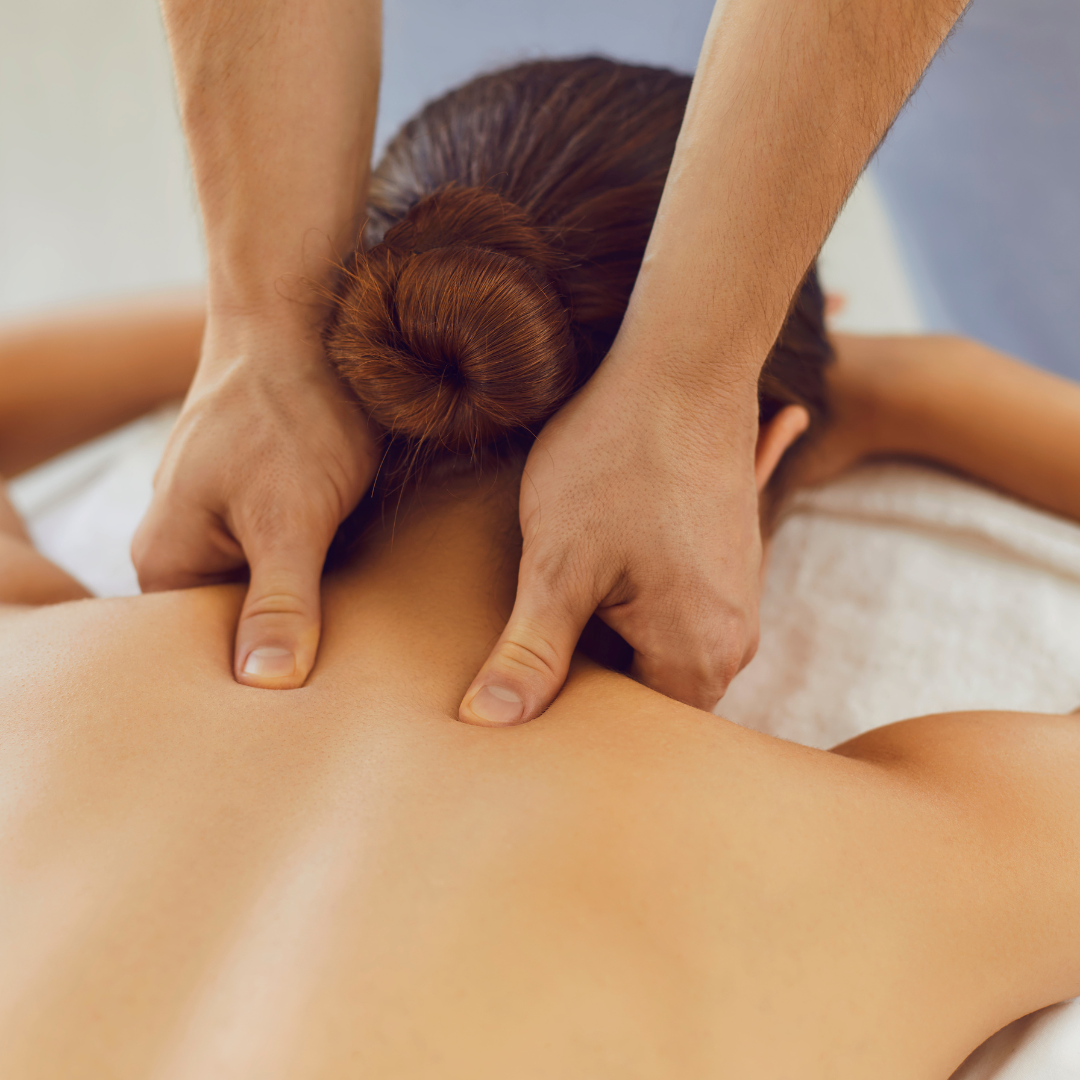
4. The Shoulder Wellpoint
Shoulder tension is common for many people, particularly those working at a desk or in front of a computer.
Poor posture and repetitive strain can cause the muscles in the neck and shoulders to become tight and sore, leading to discomfort and even headaches.
One way to alleviate shoulder tension is through self-massage or acupressure. The shoulder wellpoint is a specific acupressure point that is particularly effective for relieving shoulder and neck tension.
Acupressure is a traditional Chinese healing technique that involves applying pressure to specific points on the body to promote relaxation and healing.
The shoulder wellpoint is located on the top of the shoulders, halfway between the neck's base and the shoulder blade's outer edge.
Applying firm pressure to this point for 1-2 minutes allows you to stimulate the flow of energy (or Qi) through the area, helping to release tension and promote relaxation.

5. The Calming Point
The Calming Point, also known as Conception Vessel 17 (CV17) in traditional Chinese medicine, is believed to be a powerful acupressure point that can help to calm the mind and alleviate stress and anxiety.
In Traditional Chinese Medicine, CV17 is considered the “sea of qi” point, in the center of the body's energy and life force.
According to this tradition, applying pressure to this point can help regulate energy flow throughout the body and promote a sense of calm and balance.
Other practices that may help to relieve stress and anxiety include mindfulness meditation, deep breathing exercises, yoga, tai chi, and other forms of physical activity.
It's also important to prioritize self-care activities like getting enough sleep, eating a balanced diet, and engaging in activities that bring you joy and fulfillment.
If you're struggling with persistent anxiety or stress, consider seeking the support of a mental health professional who can provide additional guidance and support.

6. The Union Valley Point
The Union Valley Point, also known as the Hegu acupoint in Traditional Chinese Medicine, is one of the most commonly used acupressure points for treating various conditions, including stress, tension, and headaches.
Acupressure is a form of alternative therapy that involves applying pressure to specific points on the body.
These points are connected to various organs and systems in the body, and stimulating them is thought to help balance the body's energy and promote healing.
The Union Valley Point is located on the Large Intestine meridian, which runs from the index finger up the arm and over the shoulder.
This point is particularly effective for relieving tension and headaches because it is located near several muscles and tendons that can become tight and sore due to stress or overuse.
To stimulate the Union Valley Point, use your opposite thumb and index finger to apply firm pressure to the fleshy area between your thumb and index finger.
You can also use a massage ball or acupressure tool to apply pressure to the point. Hold the pressure for 1-2 minutes, breathing deeply and focusing on the sensation of the pressure.
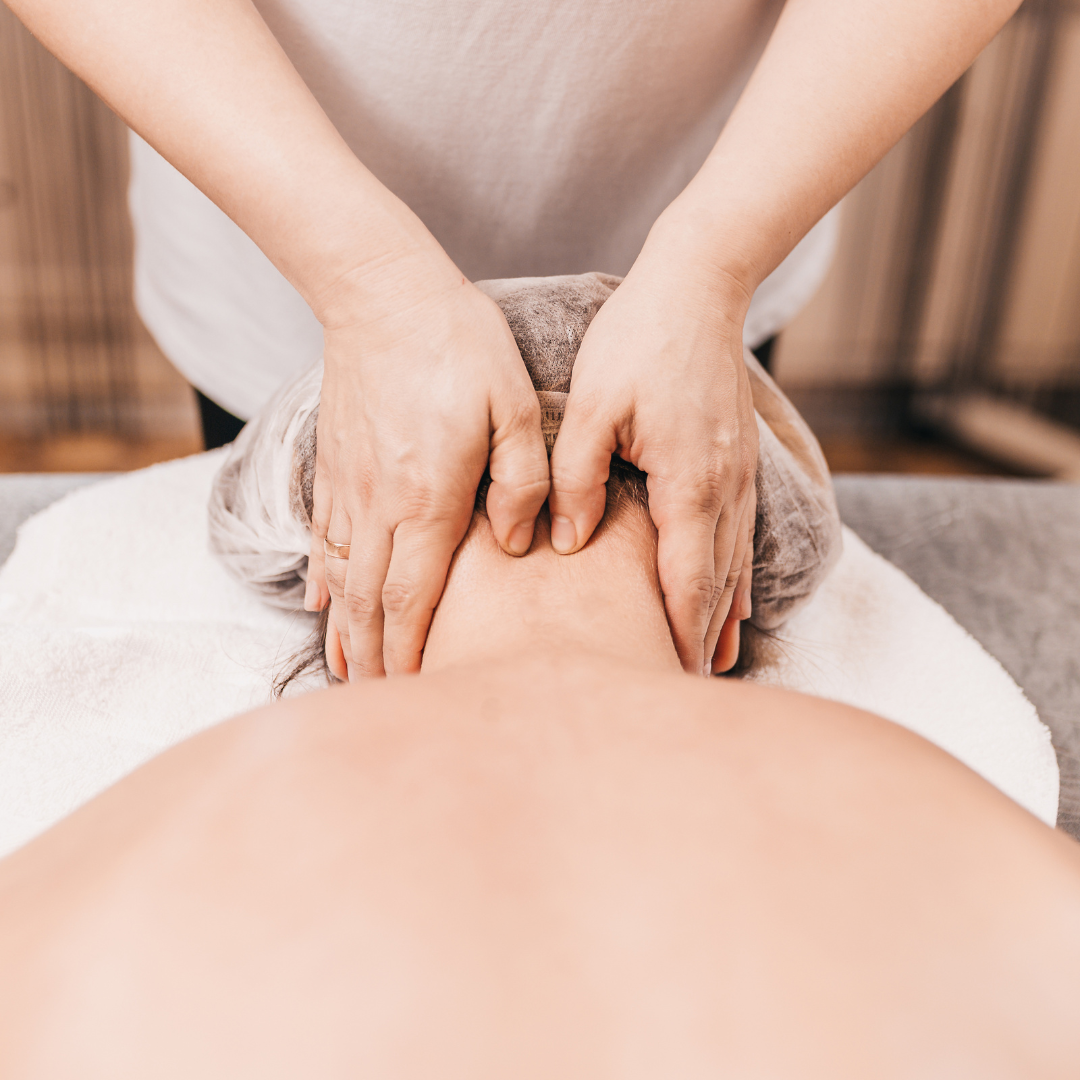
7. The Gates Of Consciousness Points
The Gates of Consciousness Points are also known as the GB20 acupressure points or Feng Chi points.
They are located on the back of the neck, just below the base of the skull, and on either side of the spine.
These points are considered powerful for releasing tension and stress in the body, particularly in the head, neck, and shoulders.
In traditional Chinese medicine, these points are connected to the gallbladder meridian, which regulates the flow of Qi (energy) throughout the body.
By stimulating these points, you can improve the flow of Qi and promote a sense of balance and harmony in the body.
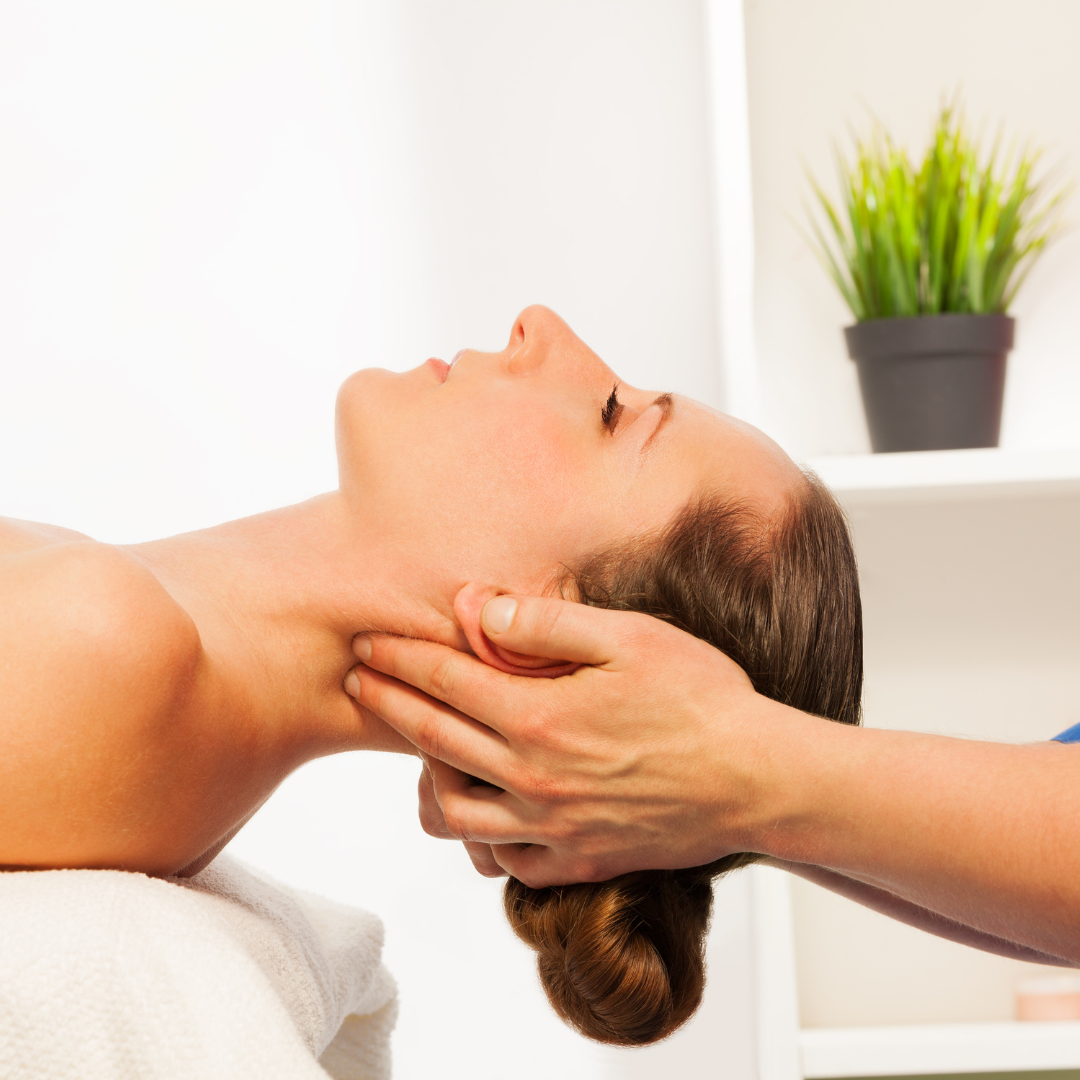
8. The Heavenly Pillar Points
The Heavenly Pillar Points, also known as GB20 or Fengchi points in acupuncture, are two acupressure points located on the back of the neck, at the base of the skull, and just behind the earlobes. These points help to relieve tension headaches, migraines, and neck pain.
In Traditional Chinese Medicine, the Heavenly Pillar Points are powerful for balancing the energy flow through the body's meridians.
They are associated with the gallbladder meridian, which is believed to be responsible for the smooth flow of Qi (vital energy) throughout the body.
Applying firm pressure on these points with your fingers or thumbs for 1-2 minutes can help stimulate the flow of Qi and alleviate stress and tension in the neck, shoulders, and head.
This technique is a form of acupressure, a traditional healing method that involves applying pressure on specific points in the body to promote relaxation and relieve pain.
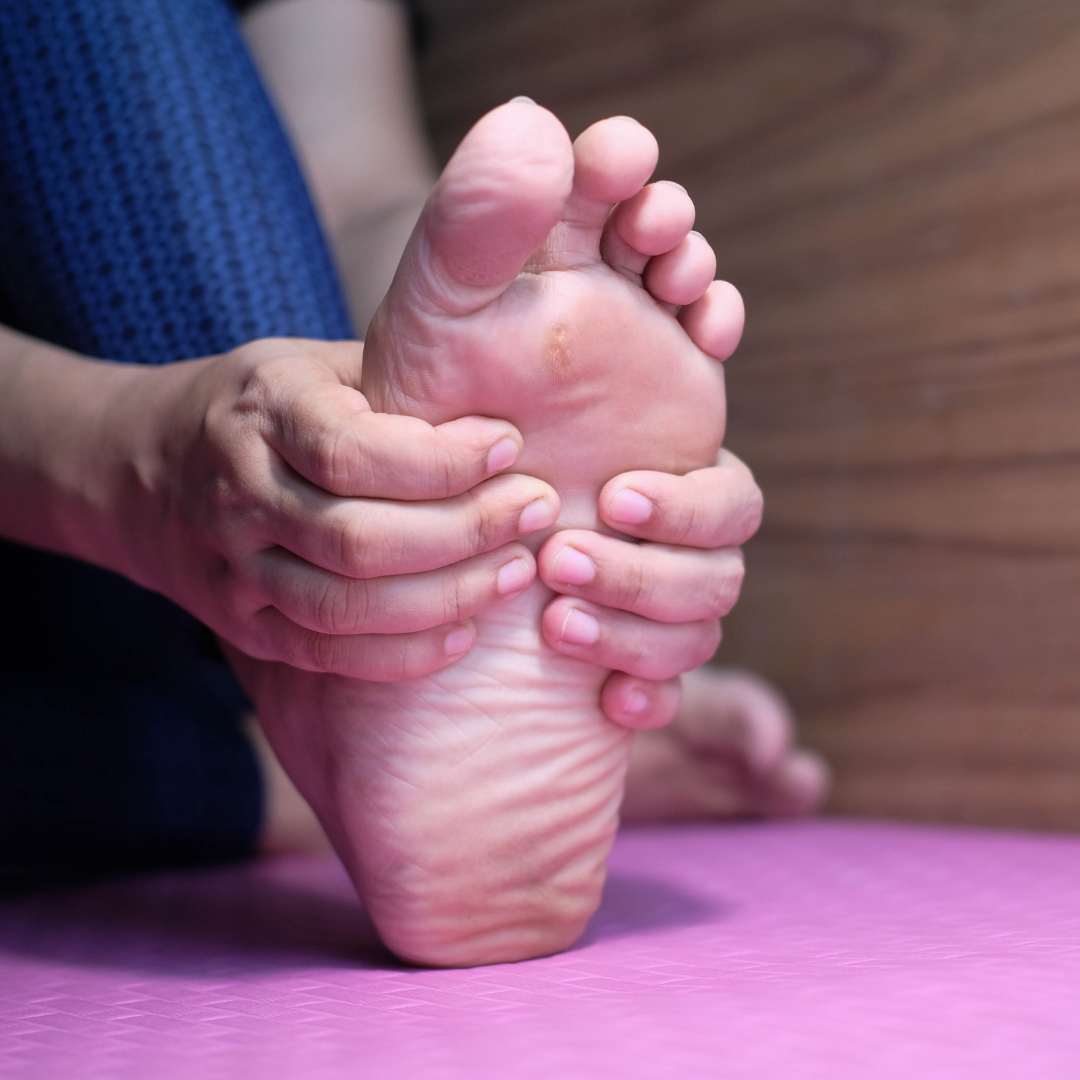
9. The Bubbling Spring Point
The Bubbling Spring Point is an acupressure point in Traditional Chinese Medicine (TCM) located on the sole, specifically the Kidney meridian. According to TCM, the Kidney meridian regulates the body's vital energy or Qi.
Applying firm pressure to the Bubbling Spring Point for 1-2 minutes is believed to help stimulate the Kidney meridian, promoting relaxation, reducing stress and anxiety, and improving overall well-being.
Acupressure is a form of alternative therapy that involves applying pressure to specific points on the body to alleviate pain, stress, and other health issues.
It is based on the same principles as acupuncture, but the pressure is applied using the fingers, hands, or other devices instead of needles.
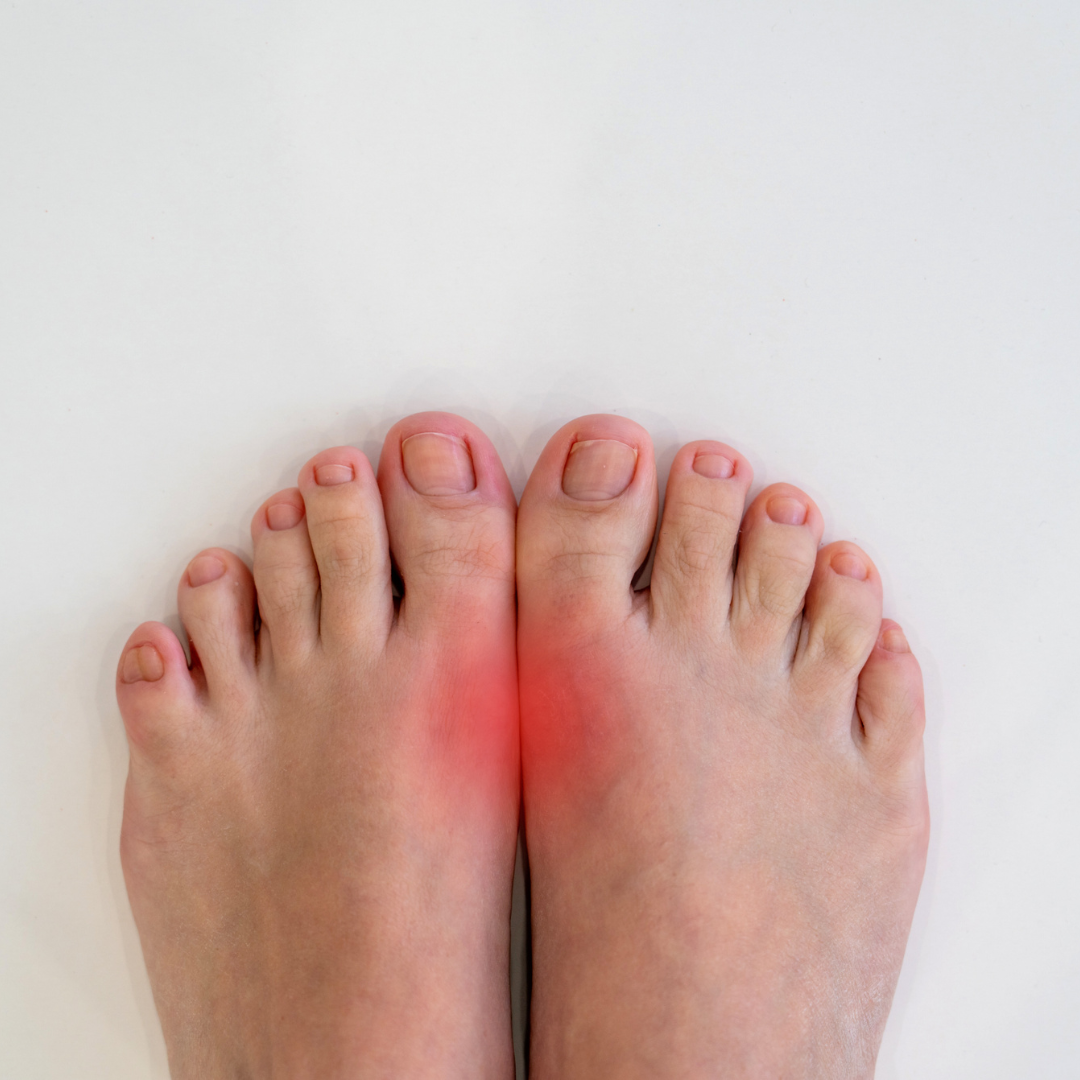
10. The Liver Point
The liver point, also known as the LV-3 point in traditional Chinese medicine, is believed to be a powerful acupressure point that can help alleviate a range of physical and emotional issues. It is said to be particularly effective for reducing stress and tension in the body.
In Chinese medicine, the liver is considered one of the most important organs, responsible for detoxifying the body and regulating energy flow, or “qi.”
When the liver is not functioning properly, it can lead to various symptoms, including irritability, headaches, and fatigue.
The LV-3 point is located on the liver meridian, which runs from the big toe up the inside of the leg and through the groin area.
By applying pressure to this point, you can stimulate the flow of energy through the liver meridian, helping to promote healing and balance throughout the body.
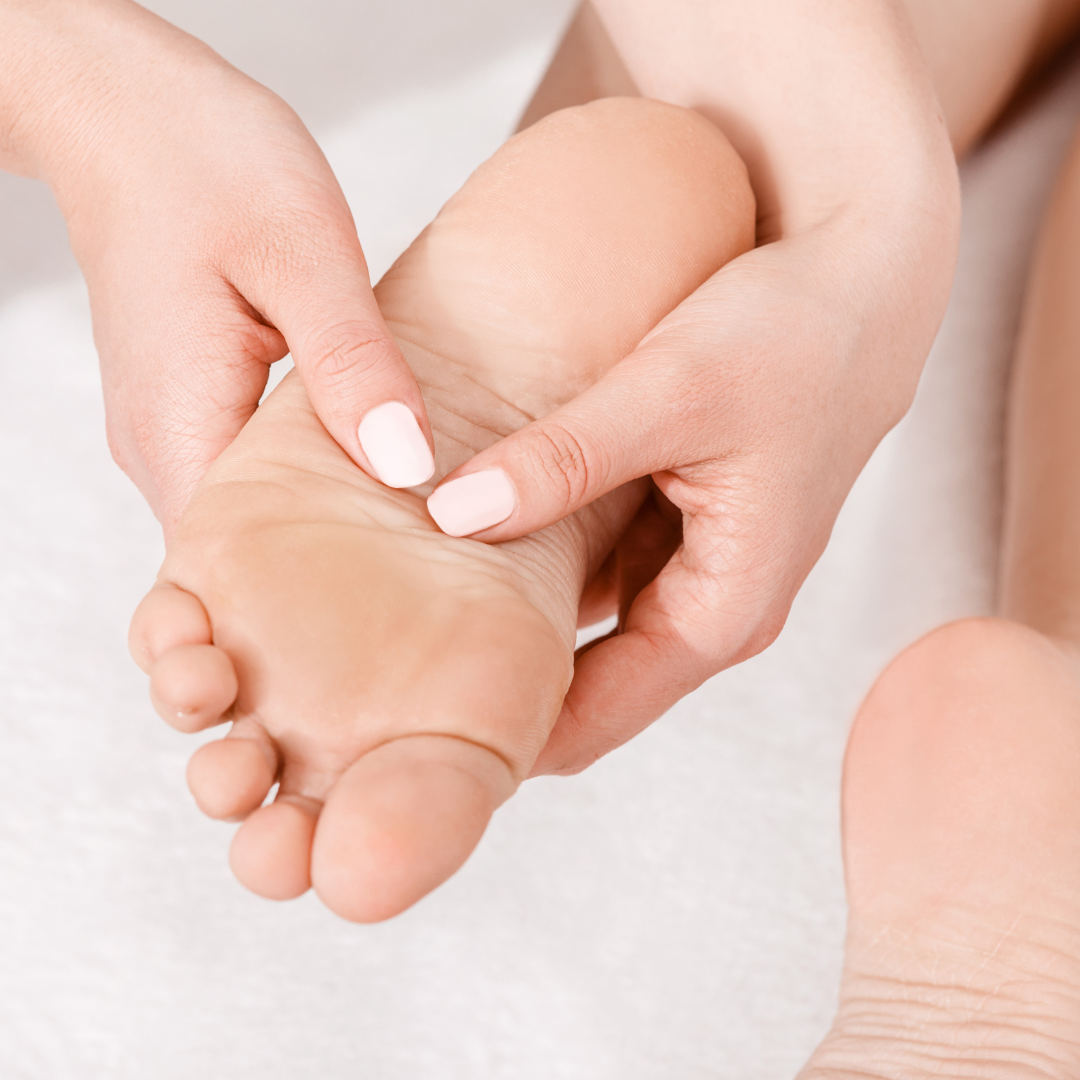
11. The Stomach Point
Reflexology is a holistic healing method based on the theory that specific points on the feet, hands, and ears correspond to different organs and systems in the body.
By applying pressure to these points, reflexologists believe they can stimulate the body's natural healing processes and promote overall wellness.
One of the most commonly used reflexology points is the stomach point, located on the inside edge of the foot, just below the ball of the foot.
This point corresponds to the stomach, digestive system, and solar plexus associated with anxiety and stress.
12. The Conception Vessel 17 Point
The Conception Vessel 17 (CV17) is an acupuncture point on the Conception Vessel meridian, a major energy pathway in Traditional Chinese Medicine (TCM).
The Conception Vessel meridian runs along the body's midline, starting from the pubic bone and ending at the lower lip.
According to TCM, the Conception Vessel meridian regulates energy flow, or Qi, throughout the body.
When Qi flows smoothly, the body is in balance and harmony, but a blockage or imbalance can lead to physical or emotional symptoms.
13. The Governing Vessel 24.5 Point
The Governing Vessel 24.5 point is also known as the “Third Eye Point” in traditional Chinese medicine and acupuncture.
It is considered an important acupressure point because it is the meeting point of the Governing Vessel and the Bladder Meridian, which runs from the top of the head to the bottom of the foot.
Applying pressure to the Governing Vessel 24.5 point is believed to help restore the flow of Qi and relieve tension and stress in the body. It is also thought to help improve concentration, reduce anxiety, and promote relaxation.
To apply pressure to the Governing Vessel 24.5 point, use your index and middle fingers to press firmly on the center of your forehead, just above your hairline.
You can apply pressure for 1-2 minutes or longer if desired. Massaging the area in a circular motion can be particularly helpful.
14. The Sea Of Vitality Points
The Sea of Vitality Points are the Conception Vessel 6 (CV6) or the Qi Hai acupressure points.
These points are located on the lower abdomen, approximately two finger-widths on either side of the belly button.
In traditional Chinese medicine, the Sea of Vitality points are key energy points that regulate the flow of Qi (life force energy) throughout the body.
Applying firm pressure to these points is thought to stimulate the digestive system, improve circulation, and promote relaxation, which can help relieve stress and tension in the body.
Acupressure, which involves applying pressure to specific points on the body, is a traditional Chinese medicine used for thousands of years to treat various health conditions.
While scientific research on the effectiveness of acupressure is limited, some studies have suggested that it may help reduce stress, anxiety, and pain.

15. The Heart Point
The Heart Point, also known as the Pericardium 8 (PC 8) point, is a pressure point located in the center of the palm, below the little finger.
According to traditional Chinese medicine, it is connected to the pericardium meridian, a pathway of energy that flows through the body.
Applying firm pressure to the Heart Point for 1-2 minutes can help relieve stress, anxiety, and tension in the body.
The Heart Point is a key acupressure point that helps regulate the body's energy flow and promote relaxation.

16. The Large Intestine Point
The large intestine is a vital organ of the digestive system that absorbs water from the remaining indigestible food matter and transmits the waste from the body.
It is also responsible for maintaining electrolyte balance in the body. The large intestine point, also known as the Hegu point, is one of the many acupressure points in the body that help with healing properties.
Acupressure is a method used in traditional Chinese medicine to treat pain and induce relaxation by applying pressure to particular places on the body.
The Hegu point is located in the fleshy part between the thumb and index finger on the back of the hand.
According to Traditional Chinese Medicine, this point is connected to the large intestine meridian and can be used to relieve a wide range of health issues.

17. The Wind Pool Points
The Wind Pool points, or Feng Chi points, are located in the traditional Chinese medicine system as acupressure points on the back of the neck.
These points regulate the flow of energy, or “qi,” throughout the body, and stimulating them can promote physical and mental well-being.
In addition to relieving stress and tension, stimulating the Wind Pool points is thought to improve circulation, reduce headaches and migraines, alleviate neck pain and stiffness, enhance mental clarity, and promote relaxation and better sleep.
Acupressure is a non-invasive and natural healing technique that involves applying pressure to specific points on the body to alleviate pain, improve circulation, and promote overall health and well-being.
The Wind Pool points are just one of many acupressure points that can relieve stress and promote relaxation.
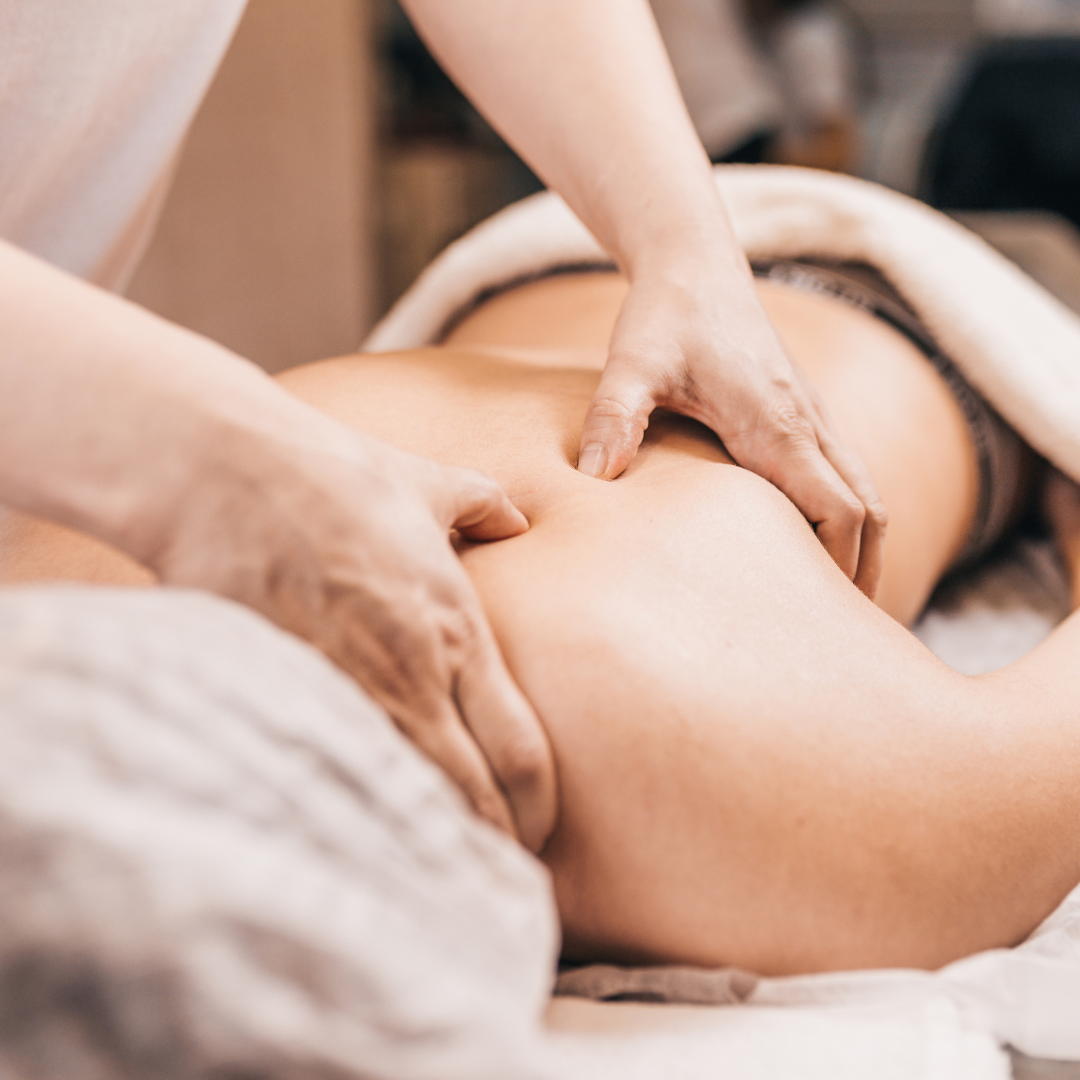
Conclusion
To summarize, acupressure can be an effective natural approach for stress relief. By applying pressure to specific points on the body, we can activate the body's natural healing response and promote relaxation. Some of the best acupressure points for stress relief include:
- Third Eye Point
- Heavenly Pillar Point
- Union Valley Point
- Pericardium Point, and
- Inner Gate Point
However, it is important to seek the guidance of a trained acupressure practitioner or healthcare provider before trying acupressure for stress relief. Acupressure is a natural treatment for stress relief and other health conditions.
I trust you enjoyed this article about the Best Acupressure Points For Stress Relief. Please stay tuned for more blog posts to come shortly.
JeannetteZ
>>>Please click here to read my all-inclusive article about A Comprehensive Guide To Healing Naturally<<<
>>>Please click here to read my all-inclusive article about Lessons That Will Teach You All About Stress<<<
>>>Are you interested in Natural Healing And Stress Relief through Herbs? Please click here for my #1 Recommendation<<<
Your Opinion Is Important To Me
Do you have thoughts, ideas, or questions? I would love to hear from you. Please leave me your questions, experiences, and remarks about this article on the Best Acupressure Points For Stress Relief in the comments section below. You can also reach me by email at Jeannette@Close-To-Nature.org.
Disclosure
This post may contain affiliate links. I earn from qualifying purchases as an Amazon Associate and other affiliate programs. Please read my full affiliate disclosure.
You might also enjoy these blog posts:
8 Best Essential Oils To Help With Stress
7 Best Ways To Deal With Exam Stress
13 Best Simple Ways To Deal With Stress At Work
12 Best Tea Brands For Stress Relief
What Helps A Stress Headache Naturally?

